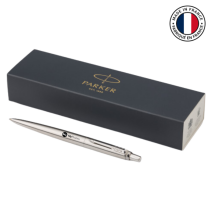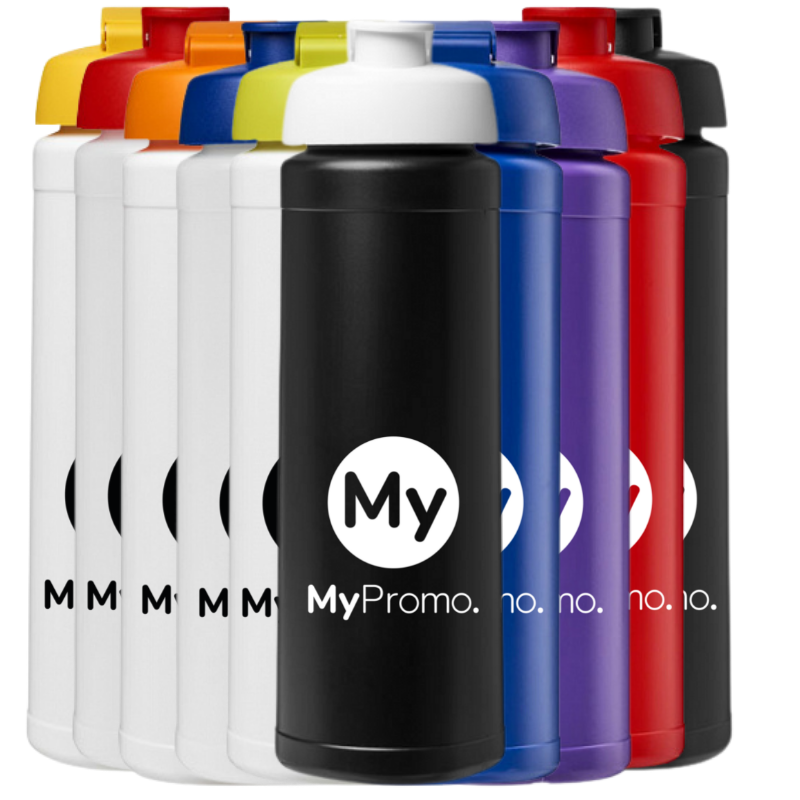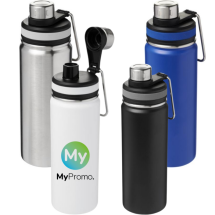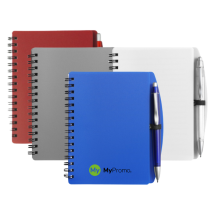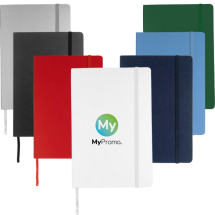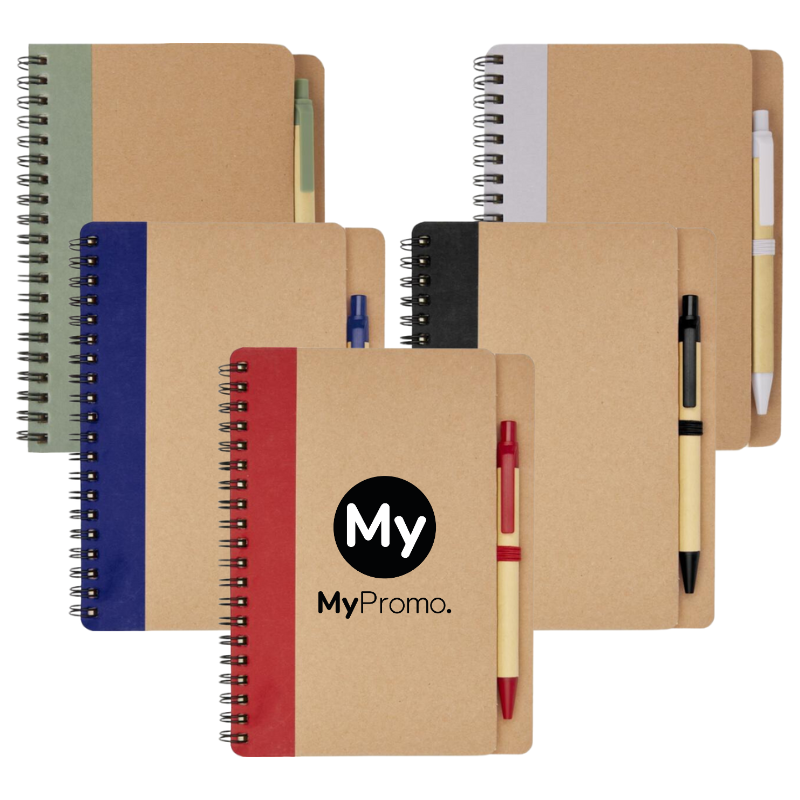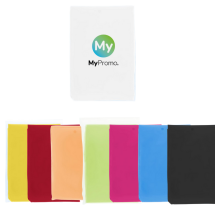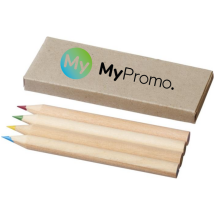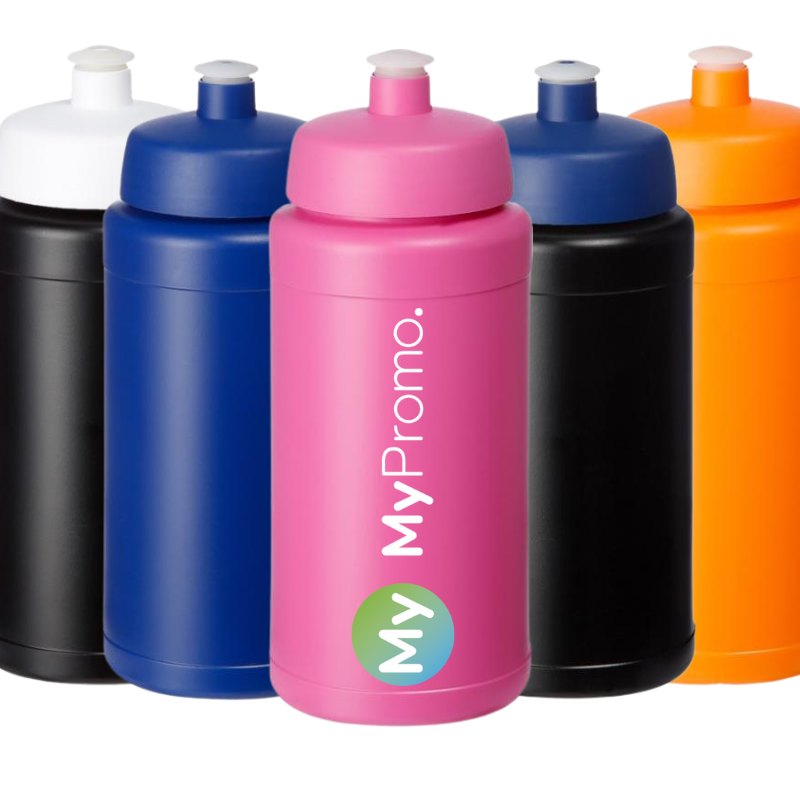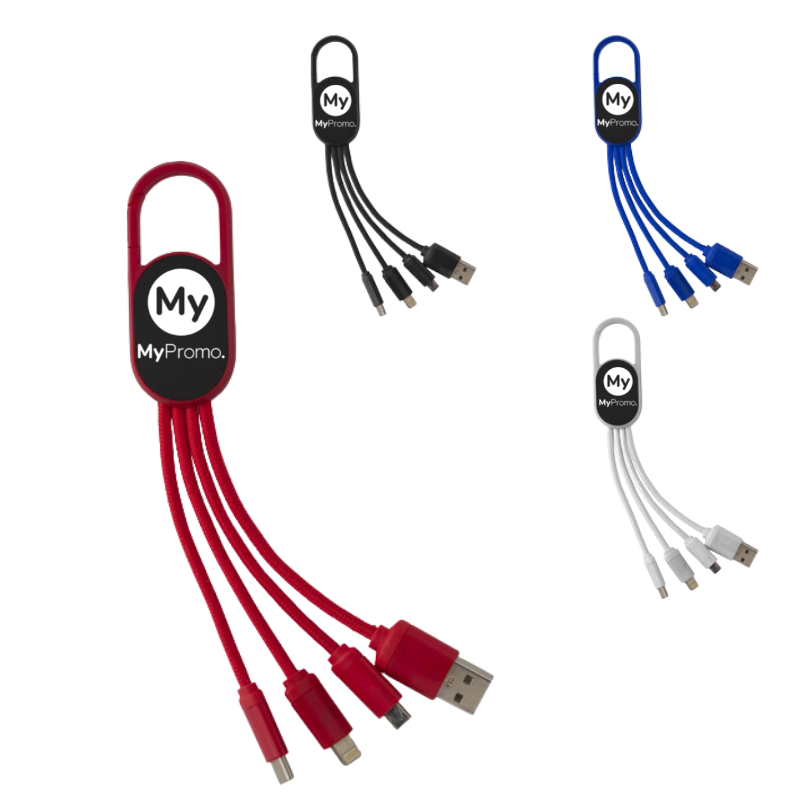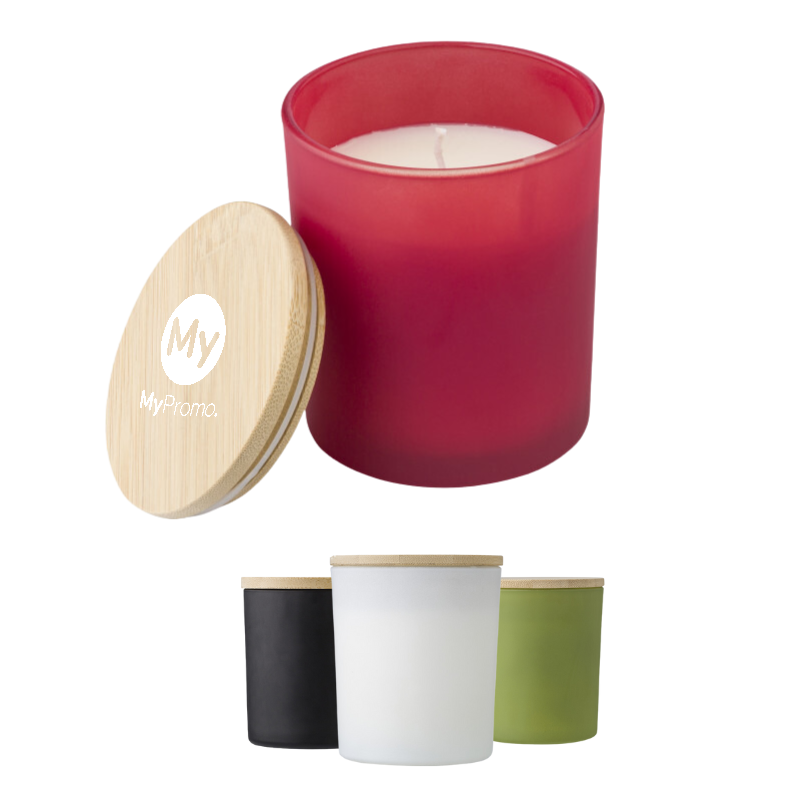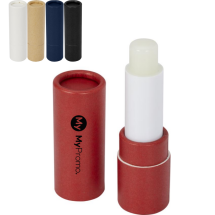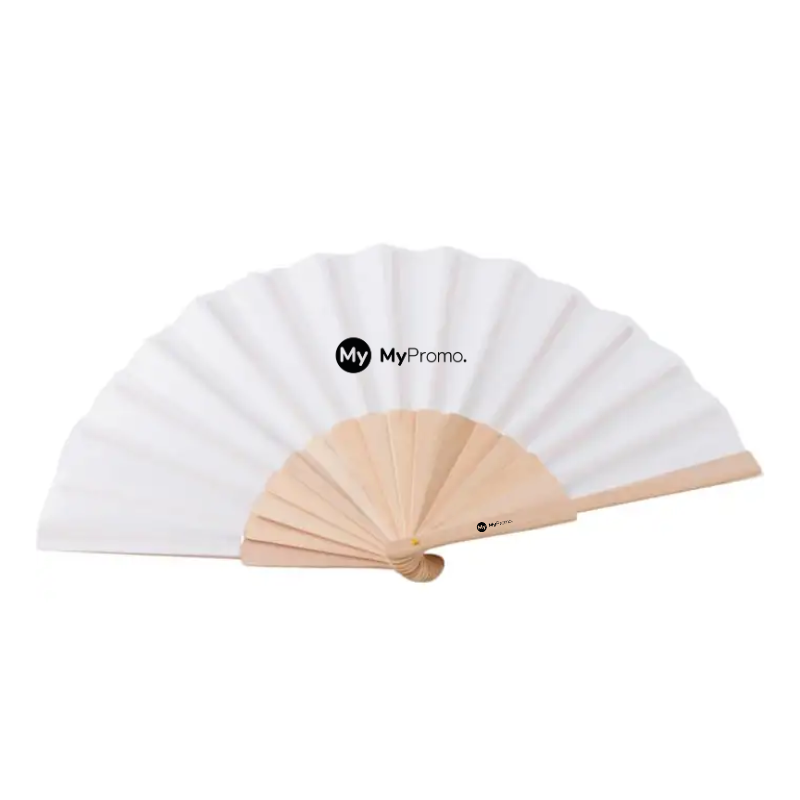Digital sticker
What is digital sticker?
A digital sticker is produced using advanced digital printing techniques, allowing for the direct transfer of detailed, vibrant designs onto sticker material. This method bypasses the traditional need for multiple setup steps, making it quicker and more flexible. Digital stickers are perfect for a wide range of uses, from personal customization to professional branding, due to their high-quality finish and rapid production capabilities. They offer a cost-effective solution for creating eye-catching and durable stickers for any purpose.Essential Tools and Materials for Creating Digital Stickers
Creating digital stickers requires a few key tools and materials:
-
Graphic Design Software: Software like Adobe Illustrator or Photoshop is used to create and prepare the digital designs.
-
Digital Printer: A printer capable of handling various materials and offering high-quality print resolution.
-
Substrate Materials: Typically vinyl or high-grade paper, chosen based on where the sticker will be applied.
-
Cutting Machine: Precision cutting tools or plotters are used to cut the printed material into specific shapes and sizes.
Common applications of digital stickers
Digital stickers are incredibly versatile, making them suitable for a wide range of promotional items. They are commonly used on:
-
Personal Devices: Laptops, smartphones, and tablets often sport digitally printed stickers for decoration or branding.
-
Promotional Giveaways: Companies use digital stickers on products like personalised water bottles, personalised notebooks, and personalised pens to spread brand awareness.
-
Decor: Wall decals and custom labels for products are popular uses of digital stickers in both homes and businesses.
Advantages of Digital Sticker Printing
The digital sticker printing technique offers several advantages:
-
Speed: Compared to traditional printing methods, digital printing is much faster, allowing for rapid production.
-
Quality: Digital printers provide high-resolution outputs that are clear and vibrant.
-
Cost-Effectiveness: Digital printing eliminates the need for physical plates used in traditional printing, reducing setup costs, especially for small runs.
-
Customization: Each sticker can be different, allowing for high levels of customization without additional costs.
Comparison with Other Print Techniques
When compared to other printing techniques like screen printing or offset lithography, digital stickers stand out due to their ability to economically produce small batches with high detail and customization. Screen printing, while excellent for large runs, does not economically allow for high detail in smaller quantities. Offset lithography offers excellent quality but involves higher setup costs and longer preparation times, making it less suitable for quick, custom jobs.
Potential Challenges and Limitations
Despite its many benefits, digital sticker printing does come with challenges:
-
Durability: While advancements have been made, digital stickers may still be less durable under extreme conditions compared to those produced by more industrial methods like screen printing.
-
Material Limitations: Not all materials can be printed with digital printers; thus, substrate choices may be limited.
- Color Accuracy: Variations in monitor and printer outputs can lead to discrepancies in color between the digital design and the final printed sticker.
Material options for digital stickers
| Material Type | Characteristics | Durability | Best Uses |
|---|---|---|---|
| Vinyl | Flexible, durable, water-resistant | High | Outdoor use, car stickers, weather-resistant applications |
| Paper | Cost-effective, easy to print on | Low | Indoor use, temporary promotions, events |
| Polyester | Tear-resistant, higher quality than paper | Moderate to High | Product labels, industrial applications |
| BOPP (Bi-axially Oriented Polypropylene) | Oil and water-resistant, strong | High | Food and beverage labels, bath and body products |
| Static Cling Vinyl | Reusable, sticks without adhesive | Low to Moderate | Window decals, temporary and seasonal promotions |
What is a digital sticker?
A digital sticker refers to a design or image that has been created digitally and printed using digital printing technology. These stickers can be printed on various materials such as vinyl or paper and are used for decoration, branding, or promotional purposes.
How are digital stickers made?
Digital stickers are first designed using graphic design software such as Adobe Illustrator or Photoshop. The design is then sent to a digital printer, which prints the design onto a chosen substrate material like vinyl. Finally, the stickers are cut into the desired shapes and sizes using precision cutting tools or plotters.
What are the advantages of using digital stickers?
Digital stickers offer several advantages including speed, as digital printing is much faster than traditional methods. They also provide high-quality, clear, and vibrant prints. Additionally, digital printing is cost-effective for small runs because it eliminates the need for physical printing plates. Customization is another advantage, allowing each sticker to be different without incurring extra costs.
Where can digital stickers be applied?
Digital stickers are versatile and can be applied to a wide range of surfaces and products. They are commonly used on personal devices such as laptops, smartphones, and tablets, on promotional items like water bottles and notebooks, and even in decor such as wall decals and custom product labels in homes and businesses.
What are some common challenges associated with digital sticker printing?
Some of the challenges include durability, as digital stickers may be less resistant to extreme conditions compared to those produced by more industrial methods like screen printing. Additionally, there can be limitations on the types of materials that can be printed on, and colour accuracy might vary due to differences between monitor and printer outputs, which can lead to discrepancies between the digital design and the final printed sticker.
